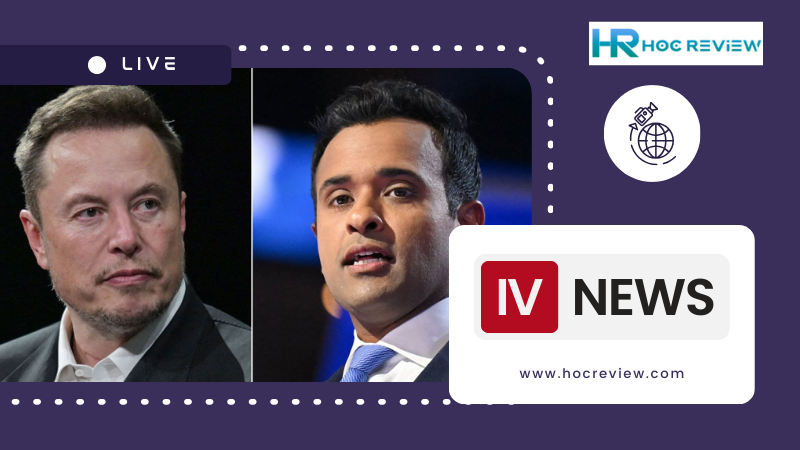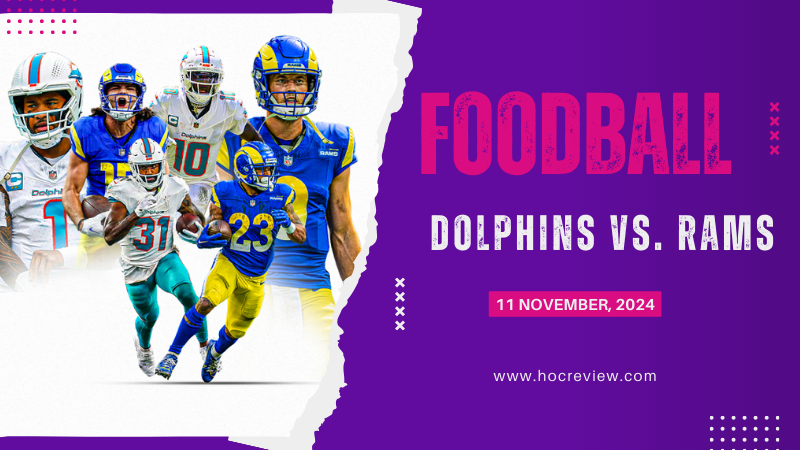Today, we’re diving into a big question: what is the Department of Government Efficiency? If you’re all about understanding how government works (or should work), stick around.
This new initiative, led by some serious heavyweights like Elon Musk and Vivek Ramaswamy, promises to shake things up. Let’s get into it and see what’s really going on with this so-called government “Manhattan Project.”
What is the Department of Government Efficiency?
First things first, let’s break it down. The Department of Government Efficiency (DOGE) is a temporary agency designed to overhaul government bureaucracy. Think of it as the government’s way of hitting refresh.
DOGE’s main goal? Slash unnecessary regulations and cut waste. It’s a big task, but one that’s been hyped as essential for the Save America Movement.
Trump himself called it “the perfect gift” for America’s 250th Independence Day. Bold, right? This agency aims to conclude its mission by July 4, 2026, and promises some serious cost-cutting, potentially saving a whopping $2 trillion.
Who Leads the Department of Government Efficiency?
Here’s where it gets interesting. This isn’t just any old government gig. DOGE is led by Elon Musk (yes, the Tesla and SpaceX guy) and Vivek Ramaswamy, a former Republican presidential candidate. Together, they bring a mix of innovation and policy expertise to the table.
The kicker? They’re not even formal government employees. That’s right—they’re operating from the outside, free from the usual rules that bind federal workers. This setup allows them to move fast and focus on the mission without the usual red tape.
Why Was the Department of Government Efficiency Created?
So, why now? Trump’s administration sees bureaucratic reform as a top priority. With government spending ballooning, it’s time to hit the brakes. The idea is to streamline operations, cut excess, and deliver a leaner, meaner federal machine.
DOGE aligns with the larger Save America Movement, which focuses on revitalizing American governance. By tackling inefficiencies, this department hopes to pave the way for a more agile and responsive government.

How Does the Department of Government Efficiency Operate?
Now, let’s talk logistics. DOGE isn’t your typical government department. It operates closely with the White House and the Office of Management & Budget to drive structural reform. They’ve got a tight deadline, with everything expected to wrap up by July 4, 2026.
Legally, DOGE could fall under the Federal Advisory Committee Act, but since Musk and Ramaswamy aren’t formal federal employees, they’re dodging some traditional oversight. This allows them to experiment with an entrepreneurial approach to government, something rarely seen before.
What Are the Expected Outcomes of the Department of Government Efficiency?
What’s in it for us? For starters, a projected savings of $2 trillion. That’s nearly a third of annual government spending. The team also plans to simplify operations across federal agencies, cutting red tape and boosting efficiency.
If all goes according to plan, DOGE’s work will be celebrated as a milestone in U.S. governance, delivering a leaner government that’s fit for the modern age.
For up-to-the-minute updates on trending stories, head over to our breaking news page.
How Is the Department of Government Efficiency Similar to the Manhattan Project?
DOGE’s been likened to the Manhattan Project, but instead of building bombs, it’s dismantling inefficiency. Both initiatives are ambitious, secretive, and aimed at producing game-changing results. While the original Manhattan Project was about military might, this one’s all about economic reform and government efficiency.
What Role Do External Advisors Play in DOGE?
Here’s a twist: DOGE’s leaders work from the outside. Elon Musk and Vivek Ramaswamy bring in fresh perspectives, unburdened by government bureaucracy. Their role as external advisors is pivotal, offering flexibility and speed in tackling inefficiency.

What Are the Potential Challenges and Criticisms of DOGE?
Of course, not everyone’s convinced. Critics point to potential ethical concerns and question whether DOGE’s ambitious targets are feasible. There’s also the issue of accountability.
Without the usual oversight, will DOGE be transparent enough? These are valid concerns, and it’ll be interesting to see how they’re addressed.
How Will the Success of DOGE Be Measured?
Success will come down to cold, hard numbers. DOGE will track Key Performance Indicators (KPIs) like cost savings and process improvements. But public perception will also play a role. Can they win over skeptics and deliver on their promises?
What Is the Legacy of the Department of Government Efficiency?
By the time we hit July 4, 2026, DOGE aims to leave a lasting impact. If successful, it’ll serve as a blueprint for future government reform. And who knows? This could be just the start of a larger movement toward a more efficient federal government.
Conclusion
And that’s the scoop on the Department of Government Efficiency. What do you think? Will DOGE live up to the hype? Drop your thoughts in the comments, share this article, or check out more content on hocreview.com. Let’s keep the conversation going!






